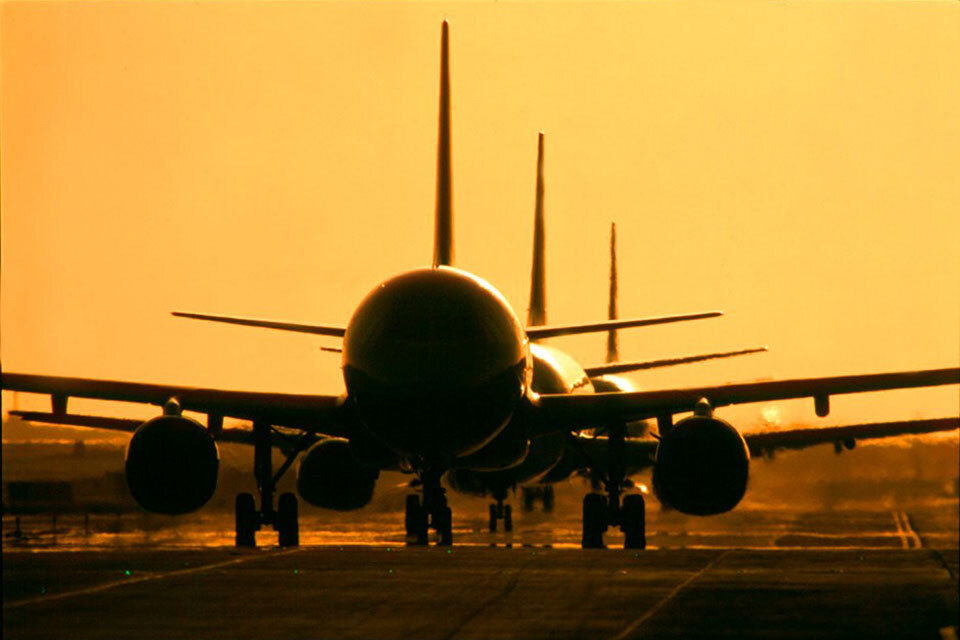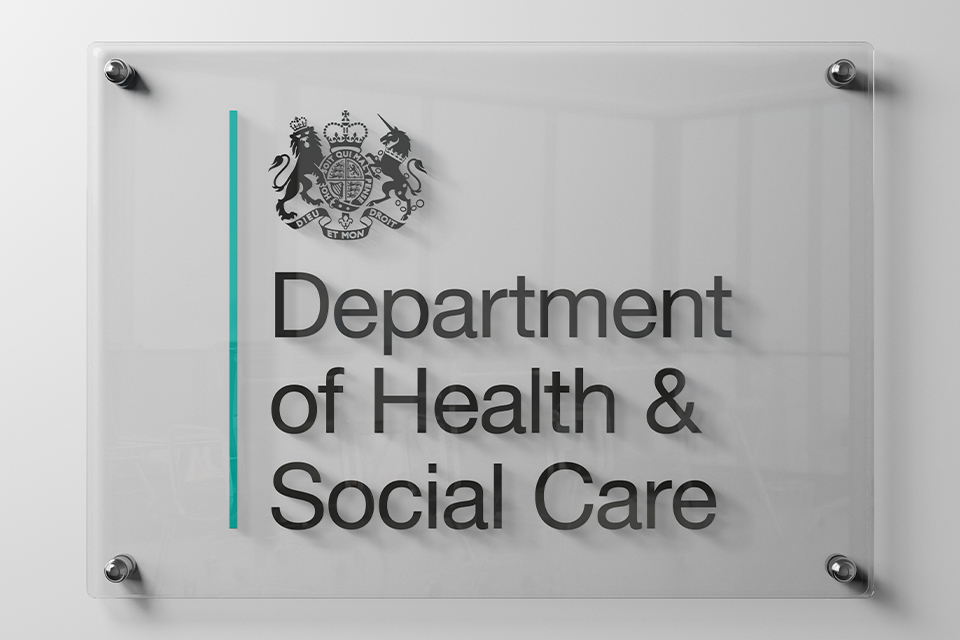- biggest shake up to airspace design in 70 years could see quicker, quieter, cleaner flights
- consultation launched on how to deliver plans to cut flight delays, reduce carbon emissions and deliver growth
- delivers on manifesto commitment to support airspace modernisation and secure the long-term future of the aviation sector
Fewer delays and reduced bottlenecks could help millions of passengers each year and deliver economic growth as the Department for Transport (DfT) today (22 October 2024) unveils new plans to modernise UK airspace design.
In a critical step towards delivering a manifesto pledge to support airspace modernisation, a consultation launched today will seek views on proposals to establish a UK Airspace Design Service – a new team of aviation experts who will lead the charge and work with UK airports to improve the way planes fly in, out and over the UK, starting by looking at London’s airspace.
By facilitating upgrades of the ‘highways of the sky’, the plans could reduce delays, emissions and noise pollution – making the industry more efficient and delivering important economic growth for the whole of the UK.
In July, UK airspace experienced some of its busiest days on record with over 8,239 flights. With over 2.6 million aircraft flying through the UK every year, both DfT and the UK Civil Aviation Authority (CAA) are seeking views on how a UK Airspace Design Service could deliver on airspace modernisation – utilising new technology to meet demand and ultimately help pave the way for incorporation of new technologies, such as drones and spacecraft.
Mike Kane, Minister for Aviation, said
UK airspace is one of the nation’s biggest invisible assets, but it’s been stuck in the past – a 1950s pilot would find that little has changed.
Our once-in-a-generation creation of a UK Airspace Design Service will not only drive forward airspace modernisation and create a system that’s fit for the future, but it will help create quicker routes, ease delays and reduce harmful emissions – making air travel a better experience for all.
Much of our current airspace was designed in the 1950s when there were fewer flights and aircraft navigated using a series of ground-based beacons.
By enabling aircraft to use advanced navigation technologies, the UK Airspace Design Service will be able to plan the more efficient use of the finite amount of airspace in the UK, including the use of continuous climb and descent profiles and reduced need to hold aircraft.
London airspace is the busiest and most congested in the UK and delays in London often have a knock-on effect for the rest of the UK. The first phase of the UK Airspace Design Service would focus on the complex and busy airspace around London and the South East.
Rob Bishton, Chief Executive at the CAA, said
Modernising our airspace is crucial to delivering a more efficient, sustainable and resilient system. The proposals we’ve outlined today set out the next steps in our ongoing efforts to progress the modernisation of UK airspace.
This builds on the important work already done across the industry towards a more streamlined, sustainable airspace system that benefits passengers, airlines and local communities.
The UK Airspace Design Service would create a holistic and integrated design, simplifying the process and bureaucracy in coordination with airports, airlines and air navigation service providers to deliver benefits for passengers and local communities impacted by aviation noise.
Airspace modernisation will reduce disruption as airlines utilise more efficient flight paths. It could also cut harmful emissions with planes spending less time in the air, supporting our mission to create a greener industry alongside the use of sustainable aviation fuel (SAF) and the upcoming SAF mandate.
All this goes hand in hand with the government’s commitments to tackle climate change, get us to net zero by 2050 and secure the aviation sector’s long-term future.
Martin Rolfe, CEO of NATS, said
Any initiative that can help speed up the modernisation programme for UK airspace is very welcome, especially in London and the South East. It is some of the busiest and most complex airspace in the world with take-offs and landings at 5 major airports and several smaller ones. This is the next big step in modernising UK airspace following the work we have already completed in other parts of the country and we welcome the government’s consultation on how best to deliver it.
Karen Dee, Chief Executive of AirportsUK, the trade body for UK airports, said
By establishing the UK Airspace Design Service, government is recognising the strategic nature of our skies and the routes that aircraft fly, along with the need to coordinate their modernisation in the incredibly complex area over London.
When combined with proposals on how this system will be funded, this marks a positive step forward that will give the whole process momentum and meet airports’ desire to see airspace modernisation delivered as quickly as possible.
This will send the signal to the world that the UK is at the forefront of aviation technology, wants to be as easy to travel to and from as possible and is open to global business.
Tim Alderslade, Chief Executive of Airlines UK, said
Reform of the UK’s airspace will not only reduce delays and improve resilience for passengers and cargo operators in what is an increasingly congested system, it is also a critical pathway through which the industry can achieve net zero emissions. We welcome the progress the new government has made in taking this forward.
Airlines strongly support the proposed UK Airspace Design Service and urge all parts of the industry – working in partnership with government and the regulator – to come together to complete the modernisation programme no later than the end of the decade so we can continue delivering for passengers and users and make air travel more enjoyable for everyone well into the future.
You can respond to the consultation from 9am on 22 October until 1159pm on 17 December 2024.







